The history of the cushion can be traced back to the hidden bag in the ancient furniture culture, and its origin is closely related to the exchange of foreign cultures.
1. Origin and evolution
The crypt sac first appeared in the Northern Wei Dynasty (about the 5th century AD). It was cylindrical in shape and filled with silk fabric and fiber. It was mostly used for leaning. The Yan Family Instructions records that the children of Liang Dai nobles commonly used "spotted silk hidden sac", and its production process was more mature in the Northern Dynasty.
2. Cultural Dissemination
The hidden sac was introduced to China through the Silk Road and is related to the cushion image in the Buddha statue art of the Indian Gupta dynasty (320-540 AD). The statues and tombs of the Eastern Wei and Northern Zhou dynasties have been unearthed with similar shapes, indicating that they have been popular in the Central Plains.
3. Functional evolution
The early hidden sac was cylindrical and was used in conjunction with the kneeling posture. After the emergence of adjustable backrest chairs in the Tang Dynasty, the hidden sac gradually evolved into cushions. During the Ming and Qing Dynasties, variant furniture with backrests (such as drunkard chairs and flying chairs) were derived.
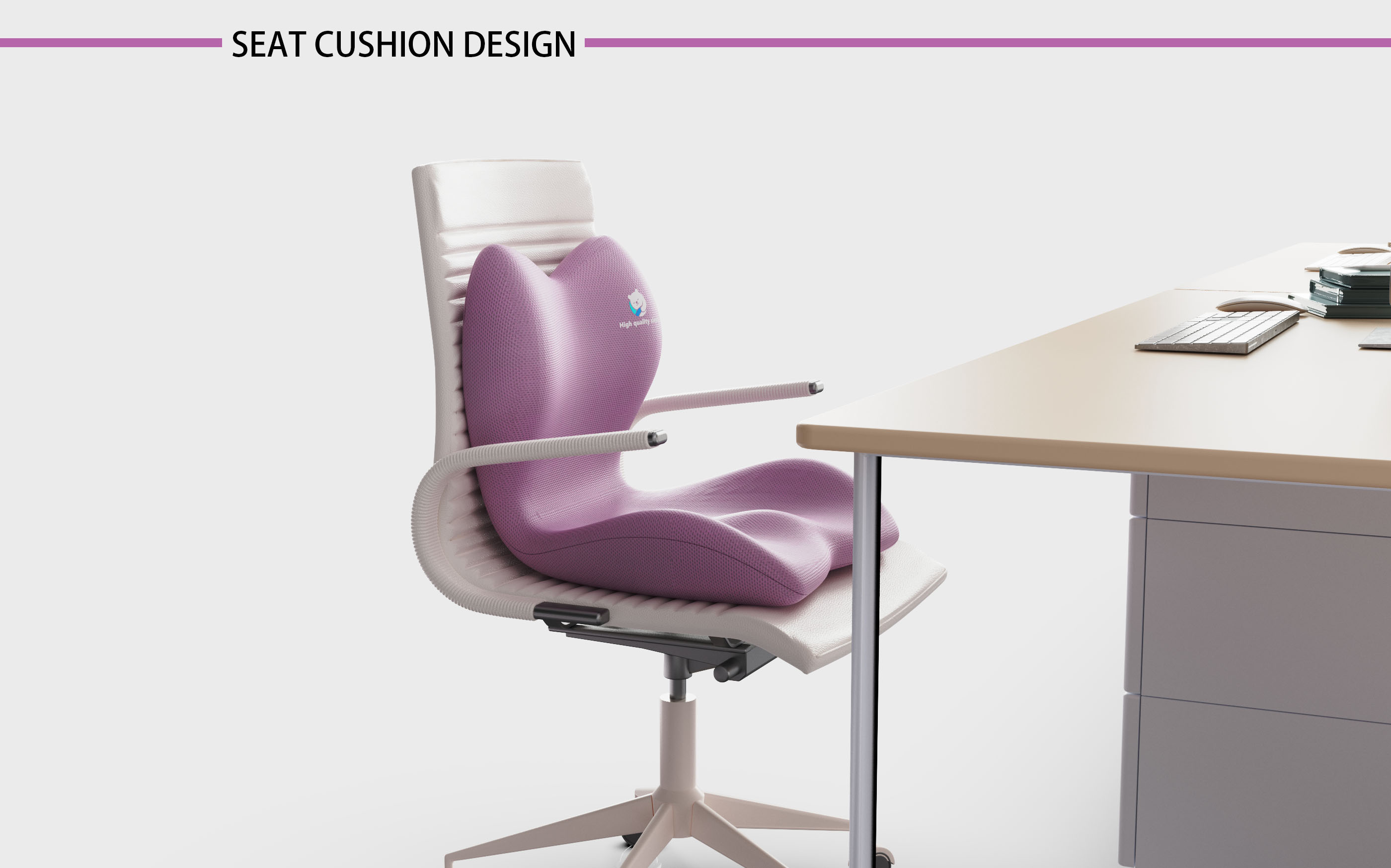
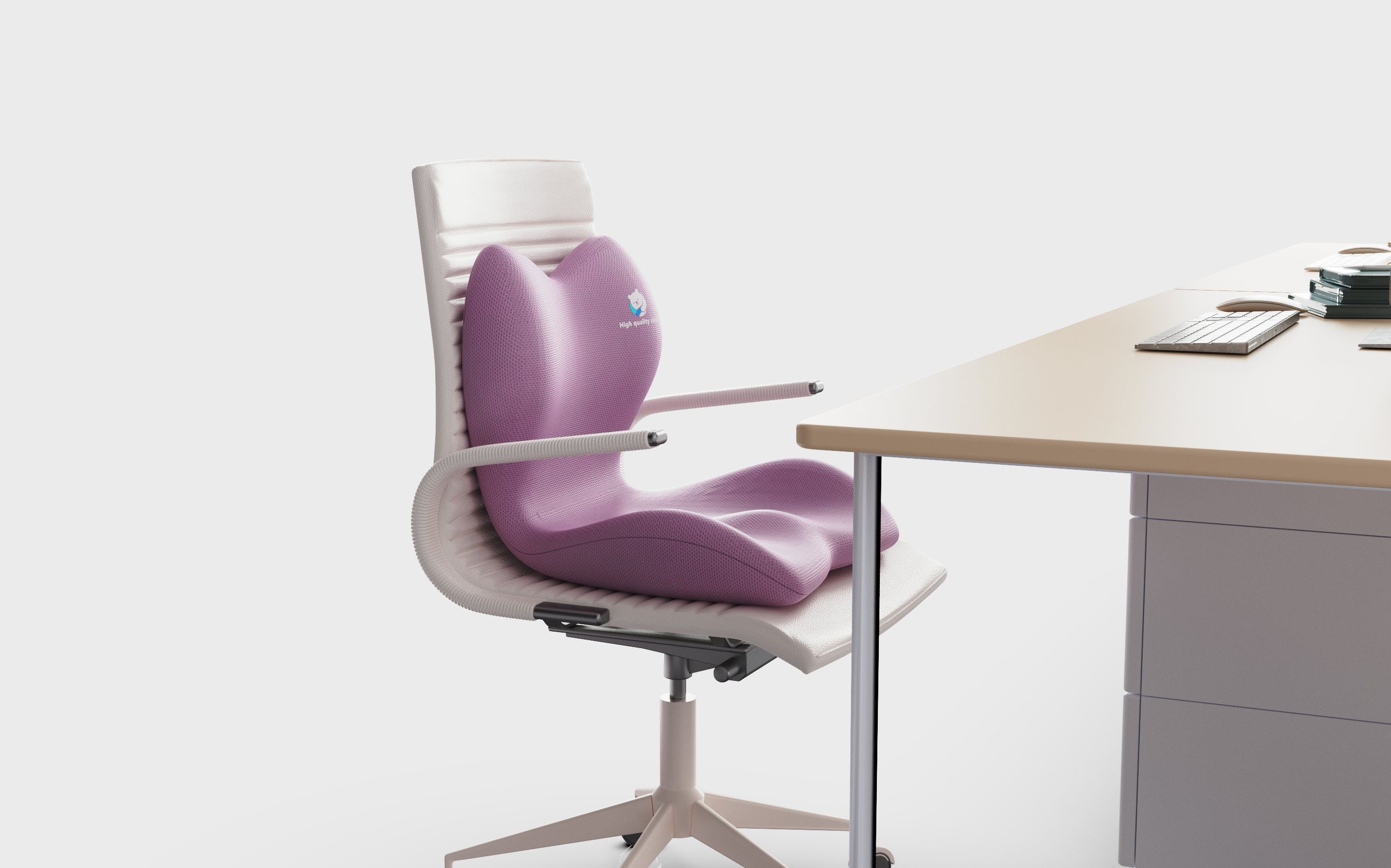
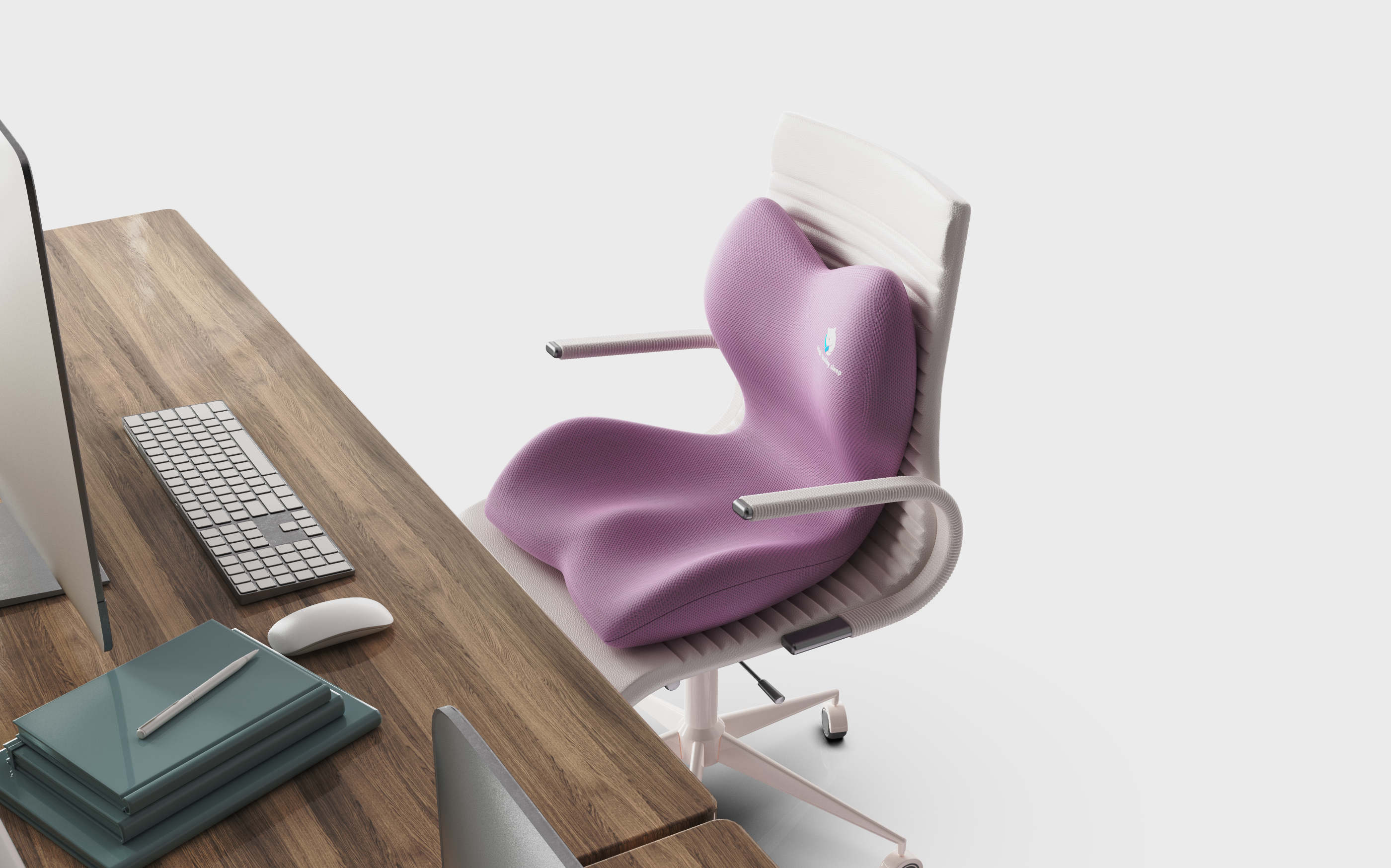
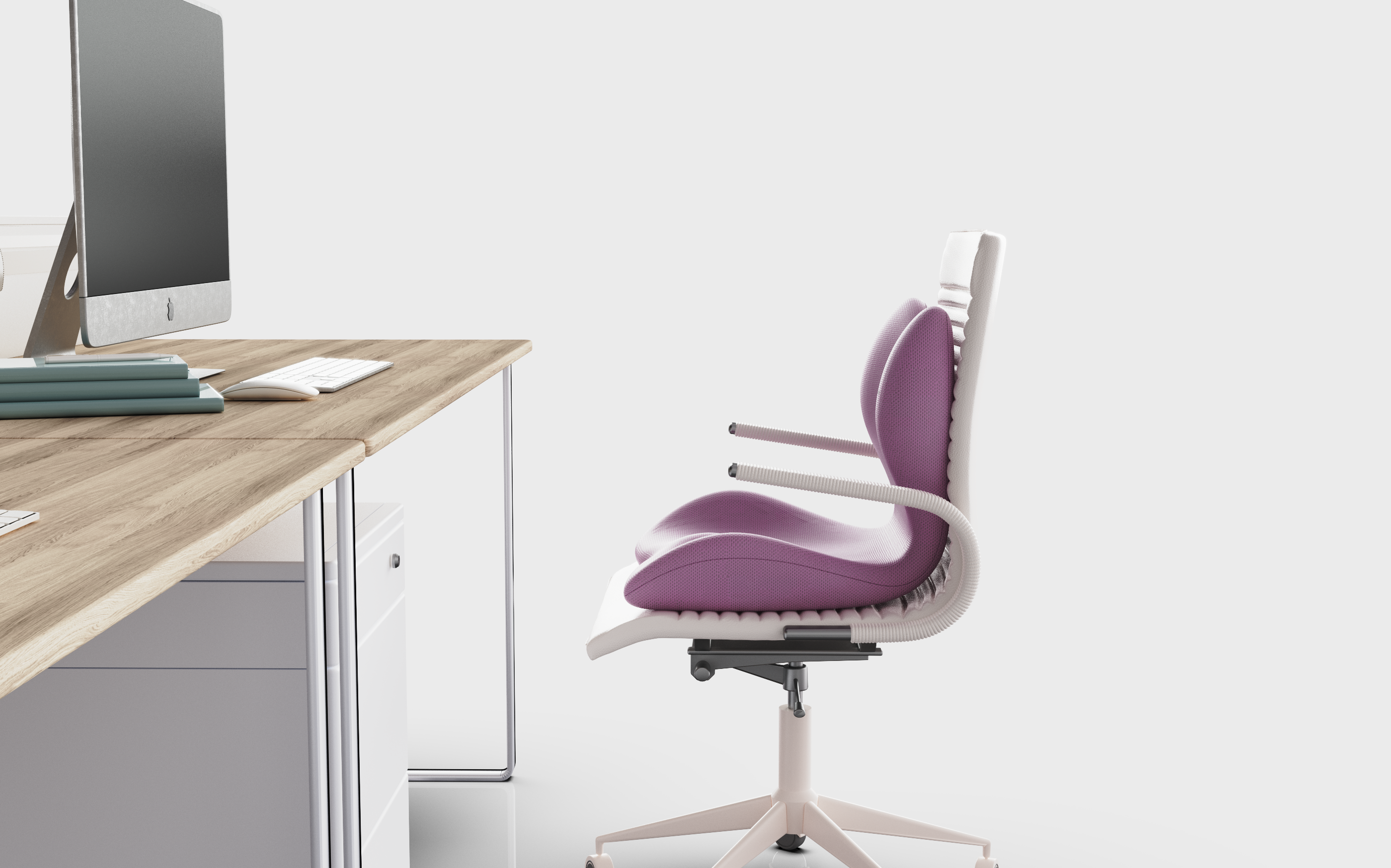
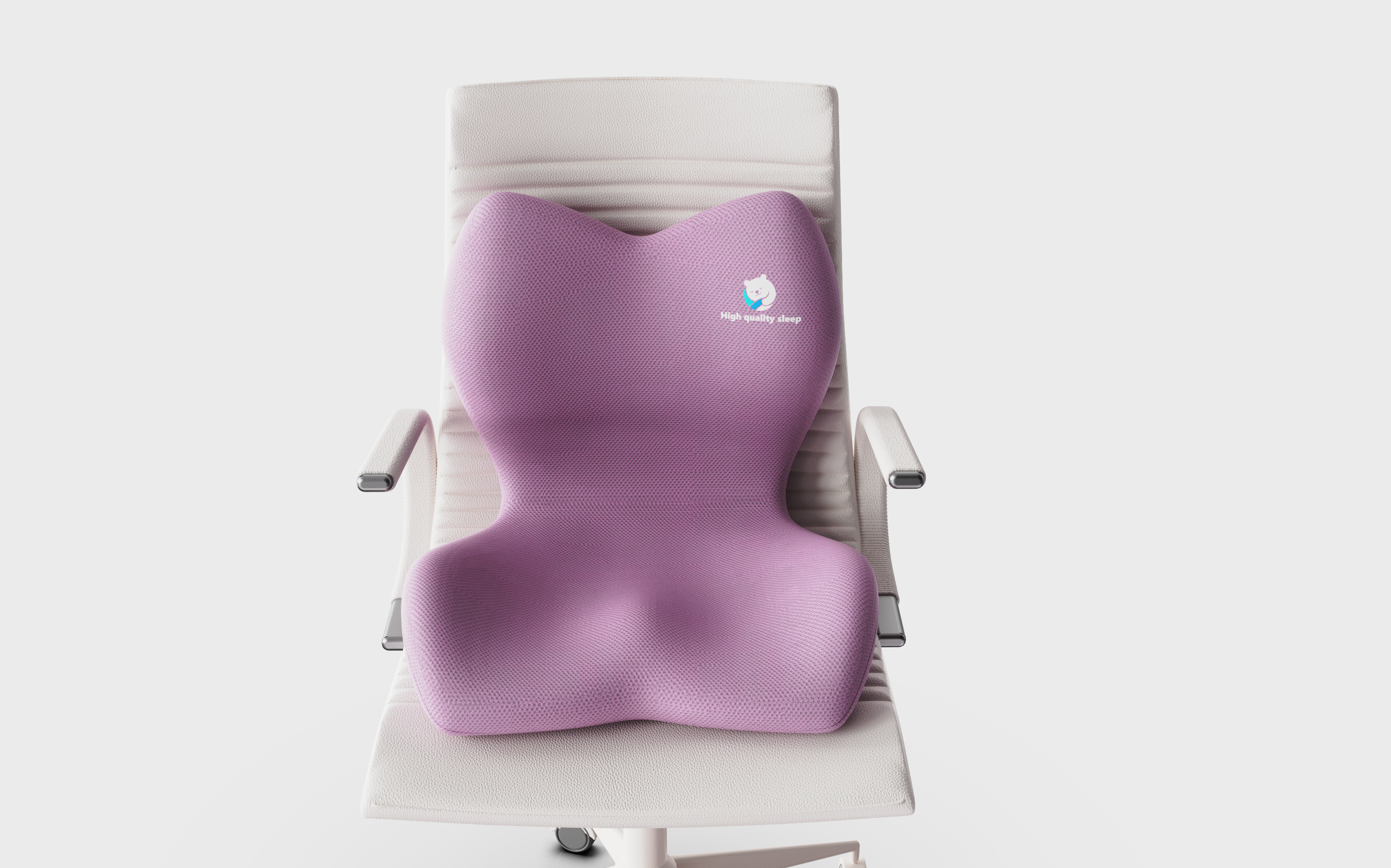
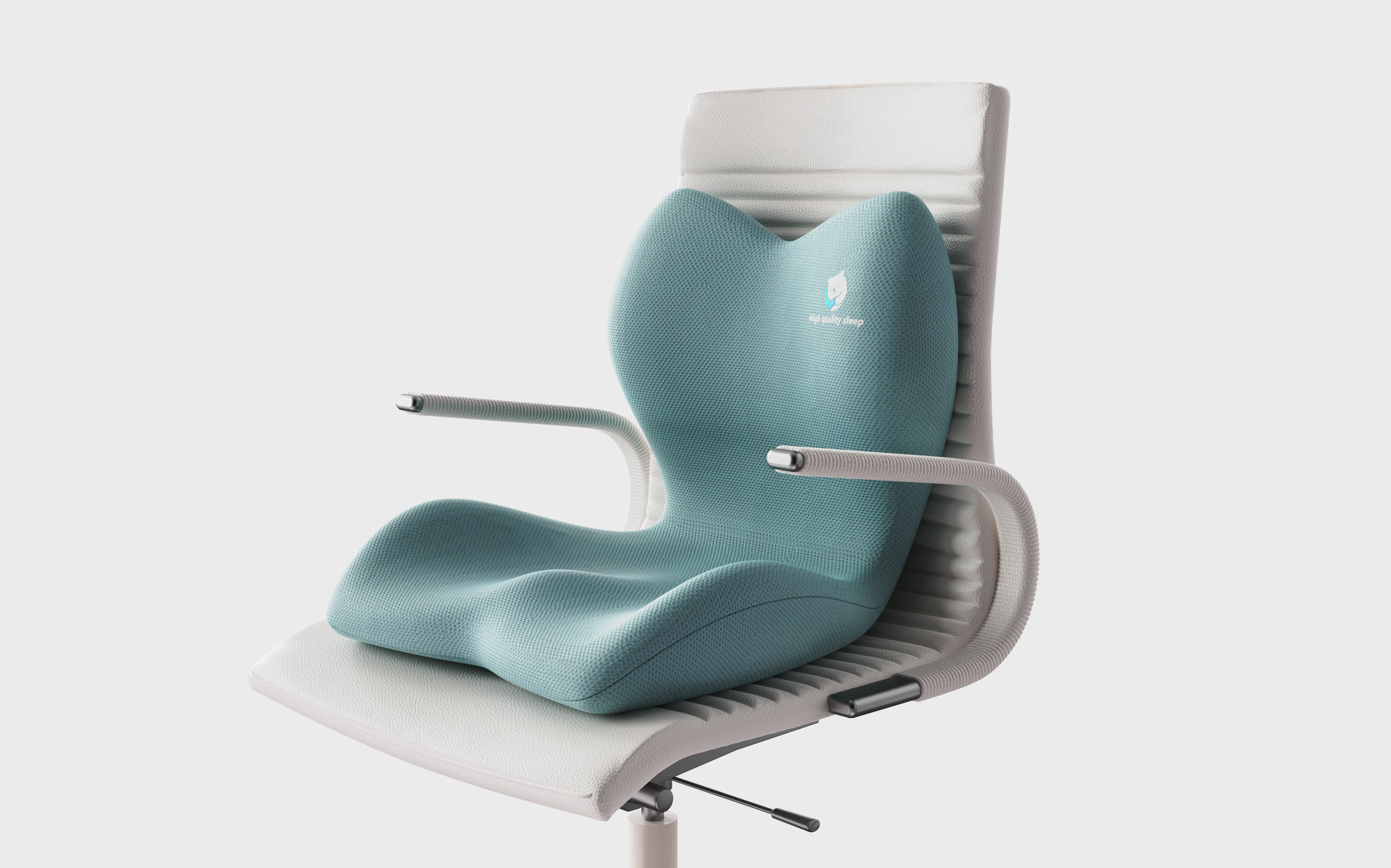

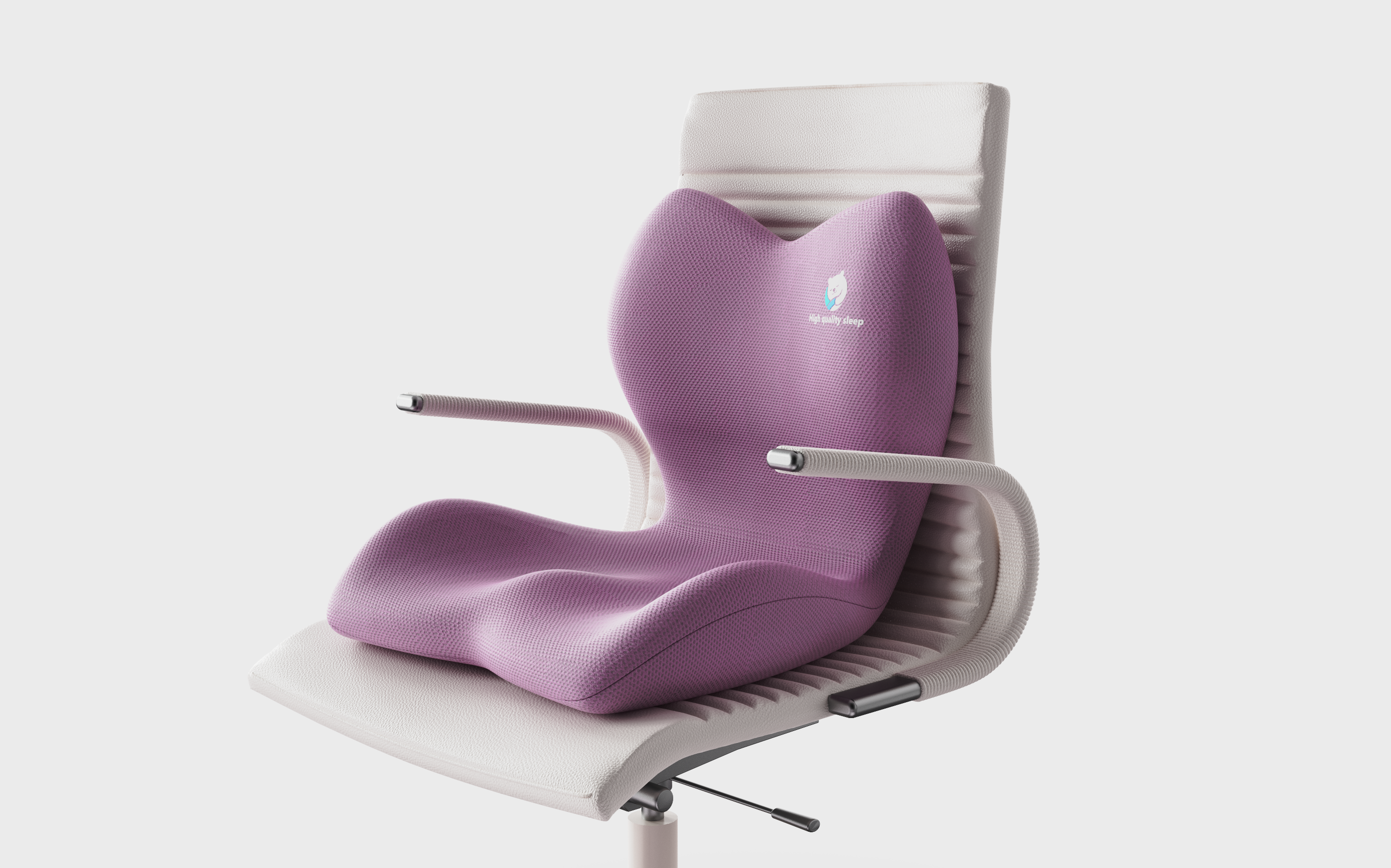
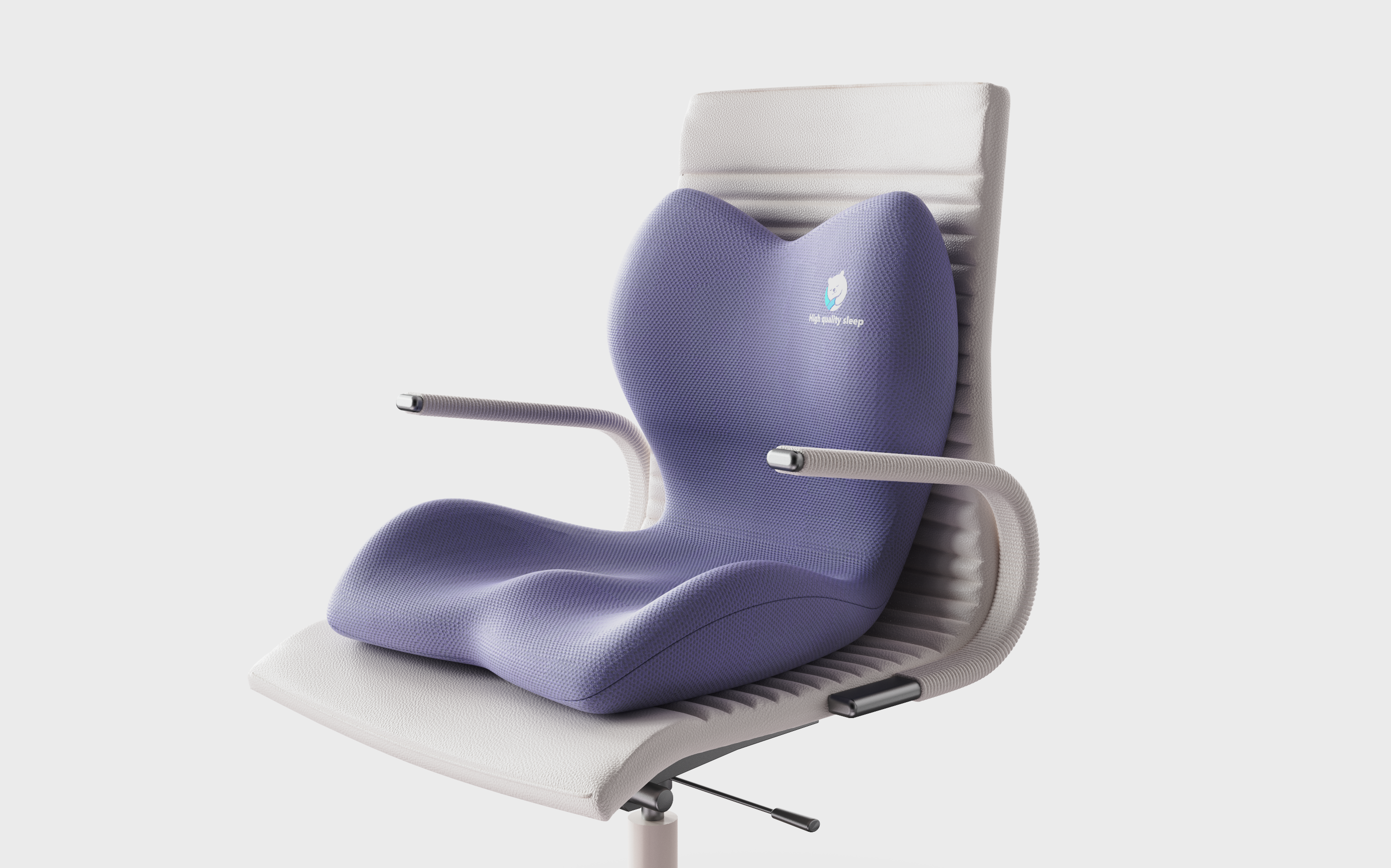
本作品版权归 文之品 所有,禁止匿名转载及个人使用,任何商业用途均需联系原作者。

新用户?创建账号
登录 重置密码

请输入电子邮件以重置密码。
good, good
Suitable for sedentary people.
it is comfortable to watch